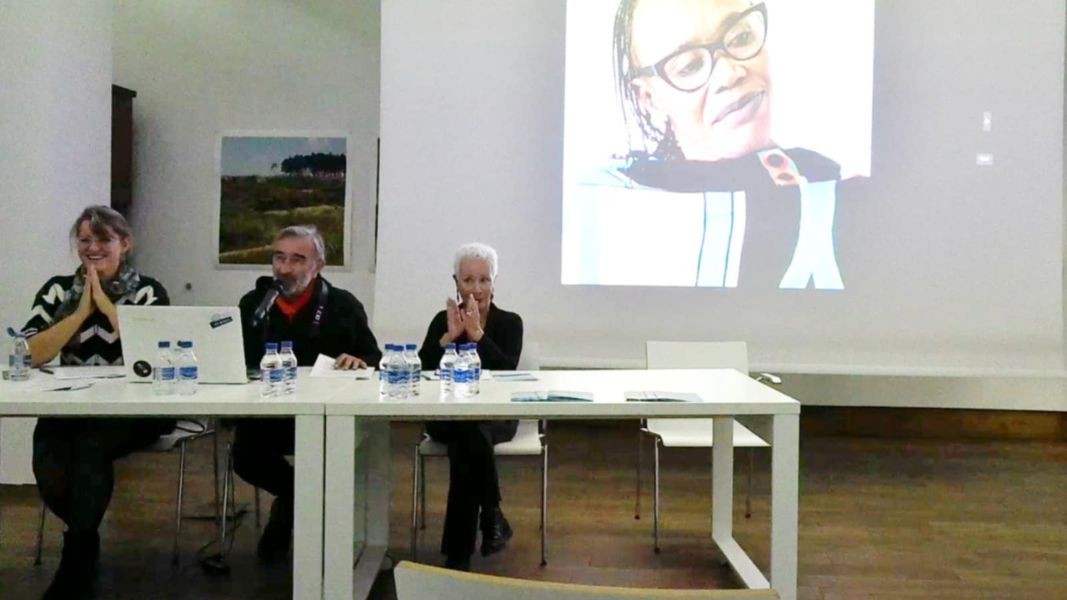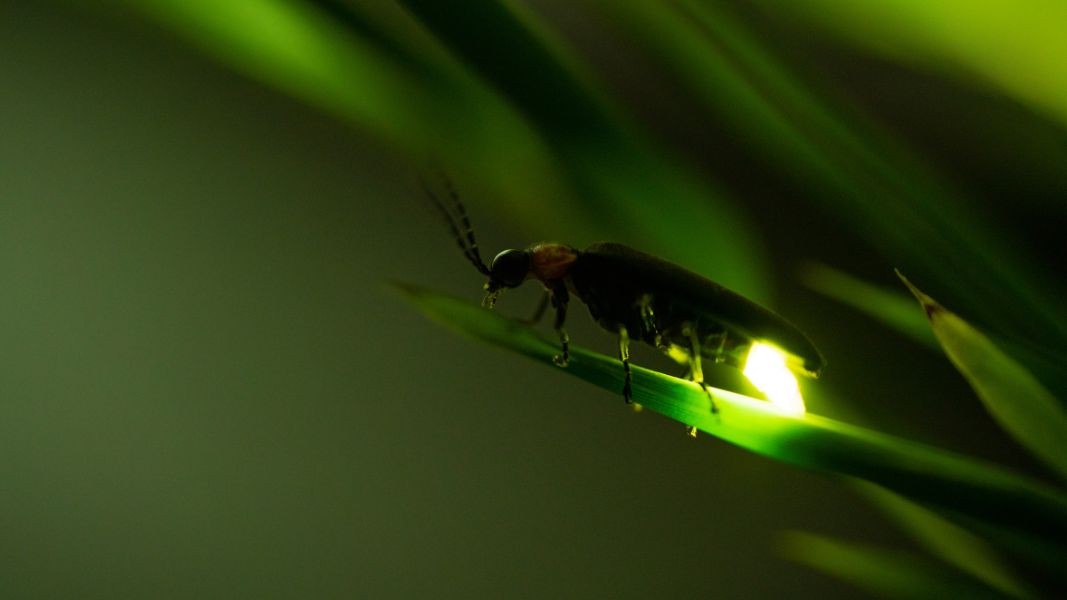In the summer of 2014, photographer Philippe Bazin and philosopher Christiane Vollaire traveled around Bulgaria, investigating a series of self-immolations in the country that happened in 2013. They filmed over 30 locations, conducted over 50 interviews, and documented a total of 33 cases of self-immolations, most of which were fatal. All of them had different motives, but invariably fit into a social and political context. With the exception of a few more prominent cases, such as that of photographer Plamen Goranov, who took his own life in Varna on February 20, 2013, they remained unknown to the public or were presented in the media as faits divers, or minor incidents.
Christiane Vollaire and Philippe Bazin studied cases of self-immolations in connection with the large-scale protests in the country that year. The result is the photographic exhibition "In the Light of Fireflies", presented for the first time in Bulgaria (in the "Uniart" gallery at NBU, until November 14), with 25 documentary photographs, mainly places and landscapes, accompanied by a "screening in words" entitled "Scorched Earth". The curator of the exhibition is Savina Topurska, a former student of the two authors, who accompanied them across Bulgaria.
What prompted them to create this exhibition?
"What prompted us to start this work in 2014 was our desire to work on the protests that swept the entire country in 2013,” Christiane Vollaire says in an interview with Radio Bulgaria. “We chose to look at them through the self-immolations because they allow us to show a very extreme gesture, which at the same time illuminates the social and political situation."
But is the topic too grim to be subject of photography? We turn to photographer Philippe Bazin:
"I chose a conceptual rather than a journalistic perspective. The aesthetic principles of documentary photography are very far away from photojournalism. We came a year after the events, so there were no traces left. I was interested in how the landscape, the photo of a given place, could be a sign of something that existed, but no traces of it remained. Our idea was to go to each of the places where this happened and photograph them as they were at the moment we saw them. The result was a landscape of everyday life, of people's real lives. I did not photograph fortresses or beautiful churches, but ordinary places, sometimes people who experienced this but did not die. This was the idea behind my photographic concept."

For the two authors of the exhibition Bulgaria is a discovery. They knew nothing about the country before they toured it in the summer of 2014. "I took a lot of photos and became interested in the monuments from the regime before the collapse of the bloc," says photographer Philippe Bazin. "We were in Shumen, Stara Zagora, etc. This whole monumental program is very impressive and we have no equivalent in our country. In France, there is no monumentality from the 20th century. We have churches, the castles of the Loire Valley and the Notre-Dame Cathedral, but they are not analogous to this, so it was a great discovery."
Where does the poetic title of the exhibition come from?
"It was found after much thought. According to me, the two authors want to point out that this project does not present self-immolation as a tragic event, nor does it aim to arouse pity for these people, but rather seeks the critical aspect and positive power of the action. ‘In the Light of Fireflies’ is a symbol of fire, which can illuminate the individual, but also the collective situation of the country," Savina Topurska says.

Author: Maria Stoeva
Publication in English: Alexander Markov
Photos: Savina Topurska, Pixabay
Over 80% of Bulgarians are expected to start using artificial intelligence in the next three years , across all age groups. Today, it is almost impossible to find a Bulgarian student who does not turn to ChatGPT when preparing homework. This..
Serbians around the world mark one year after Novi Sad tragedy On November 1, Serbians abroad will join the call of students in Serbia to mark the anniversary of the collapse of the canopy of the Novi Sad railway..
"We cannot escape from modern technologies, but we must think about how we can use artificial intelligence to improve the quality of education without losing human contact," said Mimi Nicheva, head of the Bulgarian Sunday School "Sts...
Fertility Europe , the pan-European organization that represents patient associations focused on infertility issues, has announced the start of the 9..
The so-called Seal of Biliteracy was created in 2011 in the US state of California with the idea that in the conditions of a globalized..
Today, in the Radio Bulgaria studio, we welcomed Helmut Matt – a writer, radio journalist and poet, who has maintained a special connection with Bulgaria..

+359 2 9336 661
